


Learn how to get a US Work Visa from India, including eligibility criteria, visa types, and the application process to work legally in the USA.
The United States has long been a magnet for global job seekers due to its booming economy, technological advancements, and lucrative career opportunities. From average salaries significantly higher than in many countries to diverse professional fields, the USA offers unmatched career growth for skilled professionals. A US Work Visa unlocks the door to legally living and working in the United States, providing better opportunities in a globally competitive market.
Moreover, with the United States being the world's largest economy, contributing to it with your skills and expertise advances your career and allows you to experience a unique work culture. Whether you're a tech wizard, healthcare professional, or creative artist, the opportunities are endless.
Indian applicants form one of the largest groups applying for US Work Visas annually. The demand for skilled labor and India's thriving pool of qualified professionals create a win-win situation for both nations. However, navigating the application process can be daunting due to the stringent eligibility criteria and detailed requirements. Understanding the visa types, timelines, and costs specific to Indian applicants can help streamline the process.
The US offers multiple work visa categories, each catering to specific skill sets and job requirements. Understanding these visa types is crucial for choosing the one that aligns with your career goals.
Perhaps the most sought-after US work visa, the H-1B is designed for highly skilled professionals, especially in tech and engineering fields. With its annual cap and lottery system, the H-1B visa is competitive but rewarding.
Ideal for intracompany transferees, the L-1 visa allows professionals working in multinational companies to transfer to their U.S. branch.
Seasonal workers in industries like hospitality and landscaping often use the H-2B visa.
The O-1 visa is designed for individuals with extraordinary abilities in their respective fields, such as arts, sciences, or athletics.
For professionals from Canada and Mexico, the TN visa offers a quick pathway to work in the United States under the USMCA agreement.
Understanding these visa types will help job seekers identify the right route to fulfill their dream of working in the United States.
The H-2B visa is one of the most flexible work visas for Indian applicants. Unlike the H-1B visa, which focuses on highly skilled workers, the H-2B visa is tailored for temporary non-agricultural jobs. It’s particularly popular in sectors like construction, hospitality, and landscaping.
While the TN visa is not directly applicable to Indian applicants, it's worth noting for professionals of Canadian or Mexican nationality. This visa has a streamlined application process and doesn’t require a labor certification, making it highly efficient.
The O-1 visa stands out for its focus on extraordinary ability. Indian artists, scientists, researchers, and athletes with outstanding achievements in their fields often apply for this visa. The O-1 requires substantial evidence of exceptional talent but offers great flexibility and opportunity.
Securing a U.S. work visa for Indians involves meeting specific visa requirements. These include:
The application process for a US work visa involves multiple steps. Here's a simplified guide:
The cost of obtaining a US Work Visa varies by visa type. Common expenses include:
Processing times depend on the visa type and individual circumstances. H-1B visas, for example, can take anywhere from a few weeks to several months. Premium processing is available for certain visas at an additional cost, expediting the process to 15 days.
Indian applicants can apply for a US work visa online through the official Consular Electronic Application Center (CEAC). This platform allows you to fill out and submit Form DS-160, pay fees, and schedule your visa interview.
The average salary for Indian professionals varies by industry, but it often exceeds $70,000 annually in fields like IT, healthcare, and engineering.
No, most US work visas require a valid job offer from a U.S.-based employer willing to sponsor your application.
Key documents include a valid passport, job offer letter, educational certificates, proof of work experience, and financial evidence.
The H-1B visa process typically takes 4–6 months but can be expedited with premium processing.
Yes, many work visas allow you to bring dependents (spouse and children) under dependent visa categories like H-4.
If your application is denied, you can request the reason for denial and reapply after addressing the issues.
Obtaining a US work visa from India is a rewarding yet complex process that requires careful planning, documentation, and expert guidance. By understanding the various visa types, eligibility criteria, and the application process, Indian applicants can increase their chances of successfully securing a work visa. Whether you're a tech professional eyeing an H-1B visa or an artist applying for an O-1 visa, the United States offers unparalleled opportunities to advance your career and enrich your life.
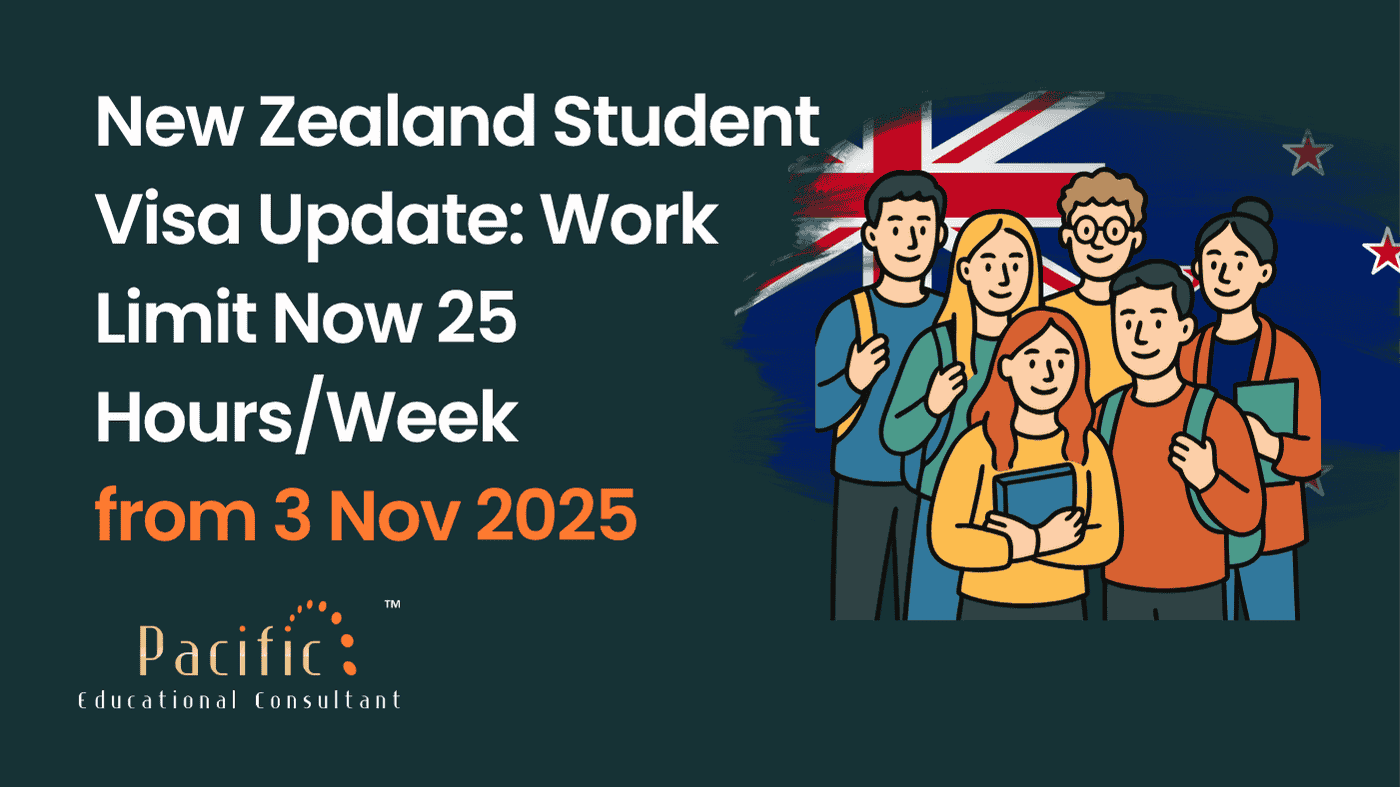
New Zealand Student Visa Update: Work Limit Now 25 Hours/Week from 3 Nov 2025

Describe a family member who you want to work with in the future - IELTS Cue Card
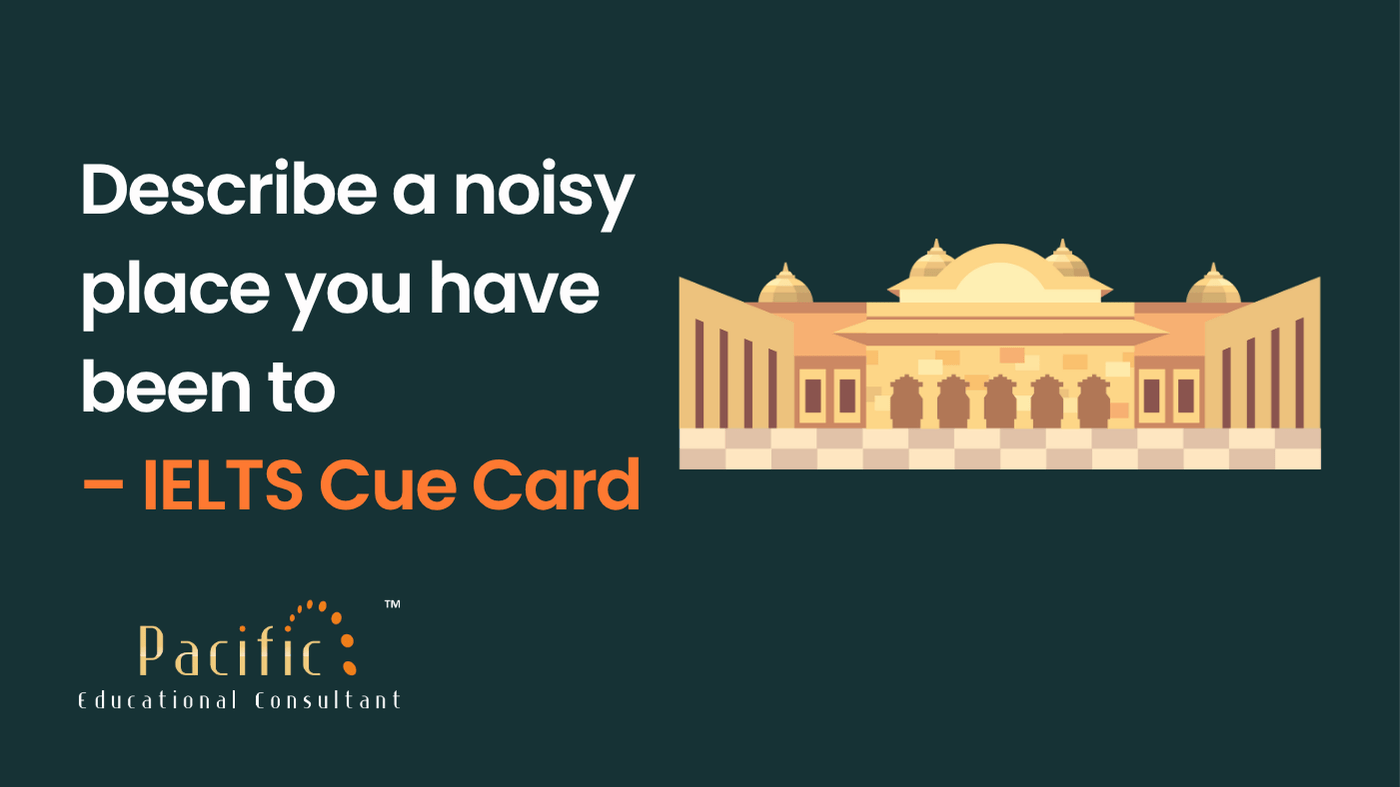
Describe a noisy place you have been to - IELTS Cue Card

Describe a time you enjoyed a free day off work or school – IELTS Cue Card
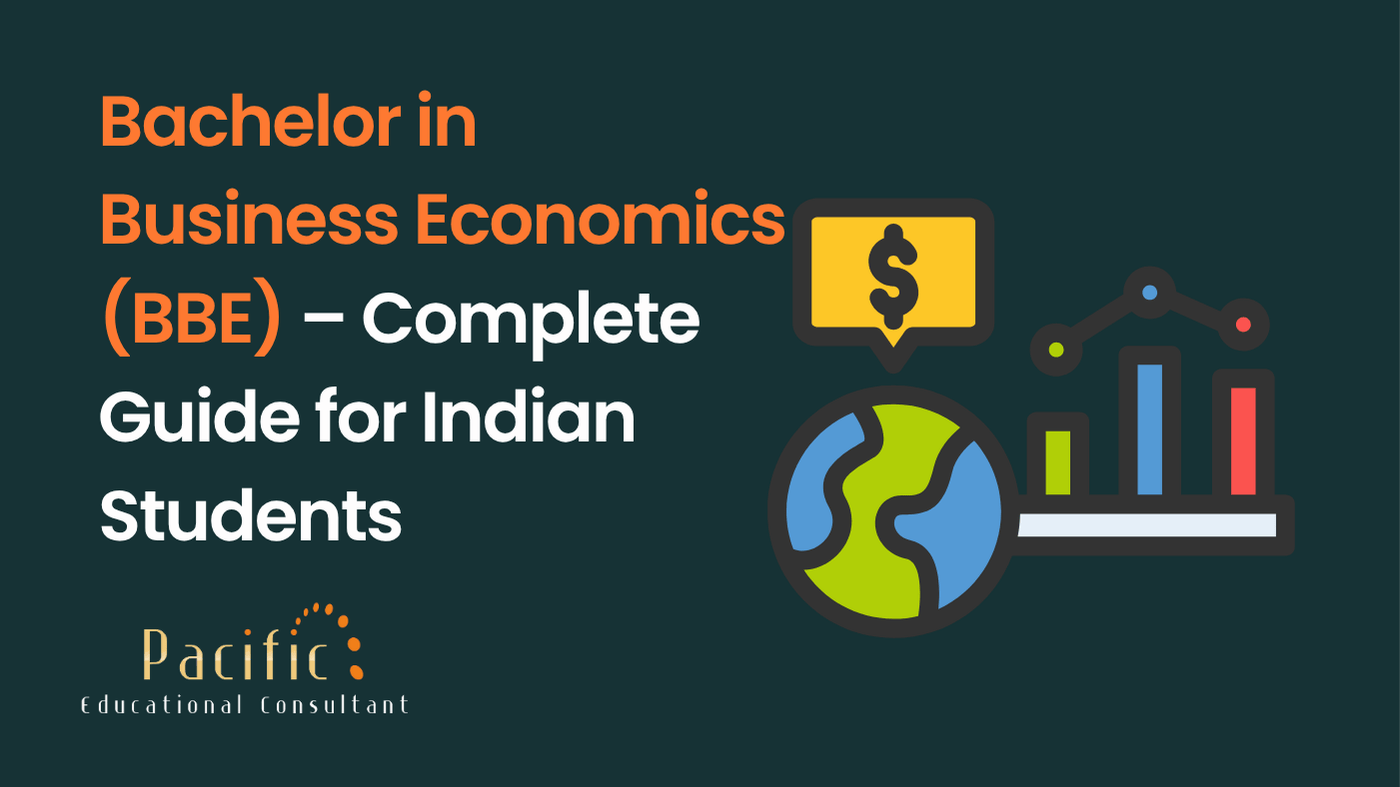
Bachelor in Business Economics (BBE)
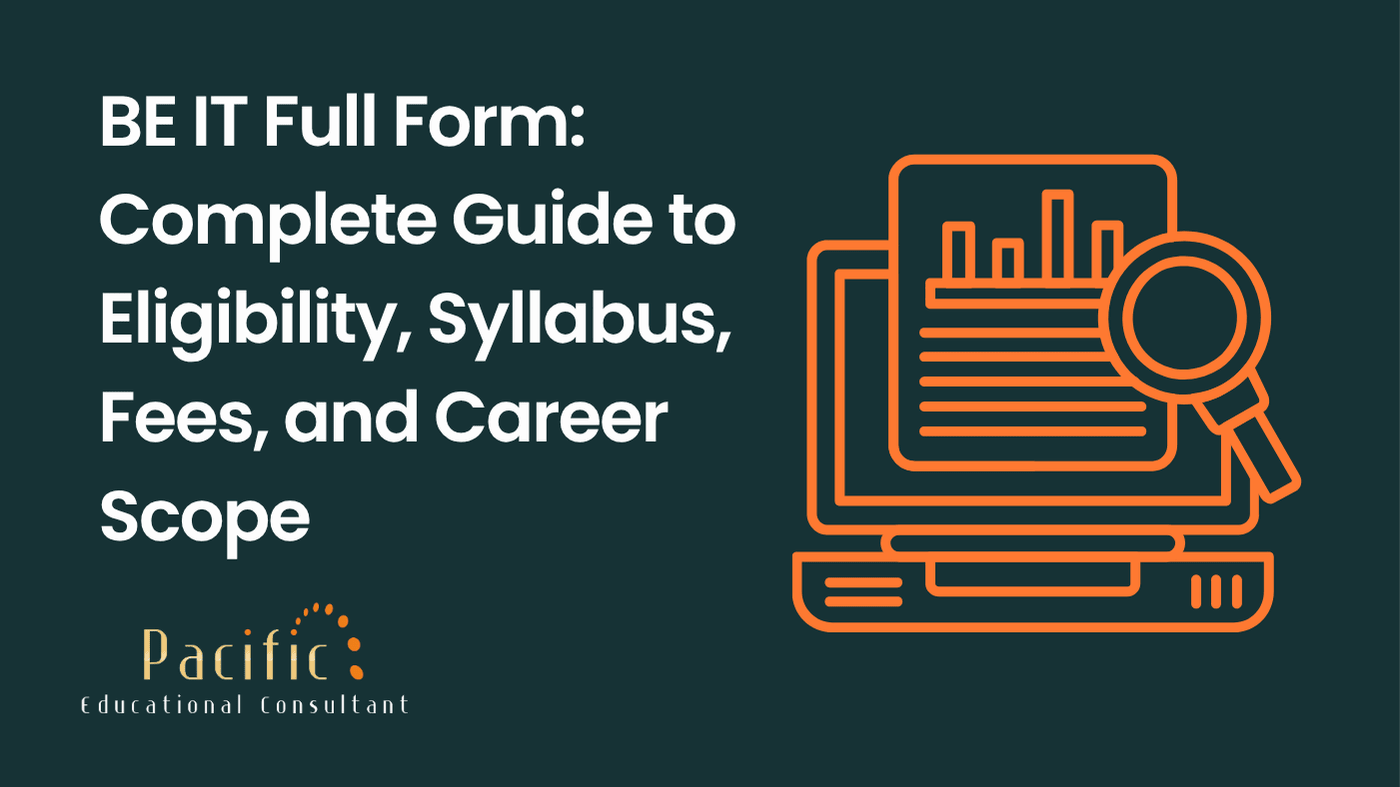
BE IT Full Form: Complete Guide to Eligibility, Syllabus, Fees, and Career Scope

Describe a water sport you would like to try in the future - IELTS Cue Card
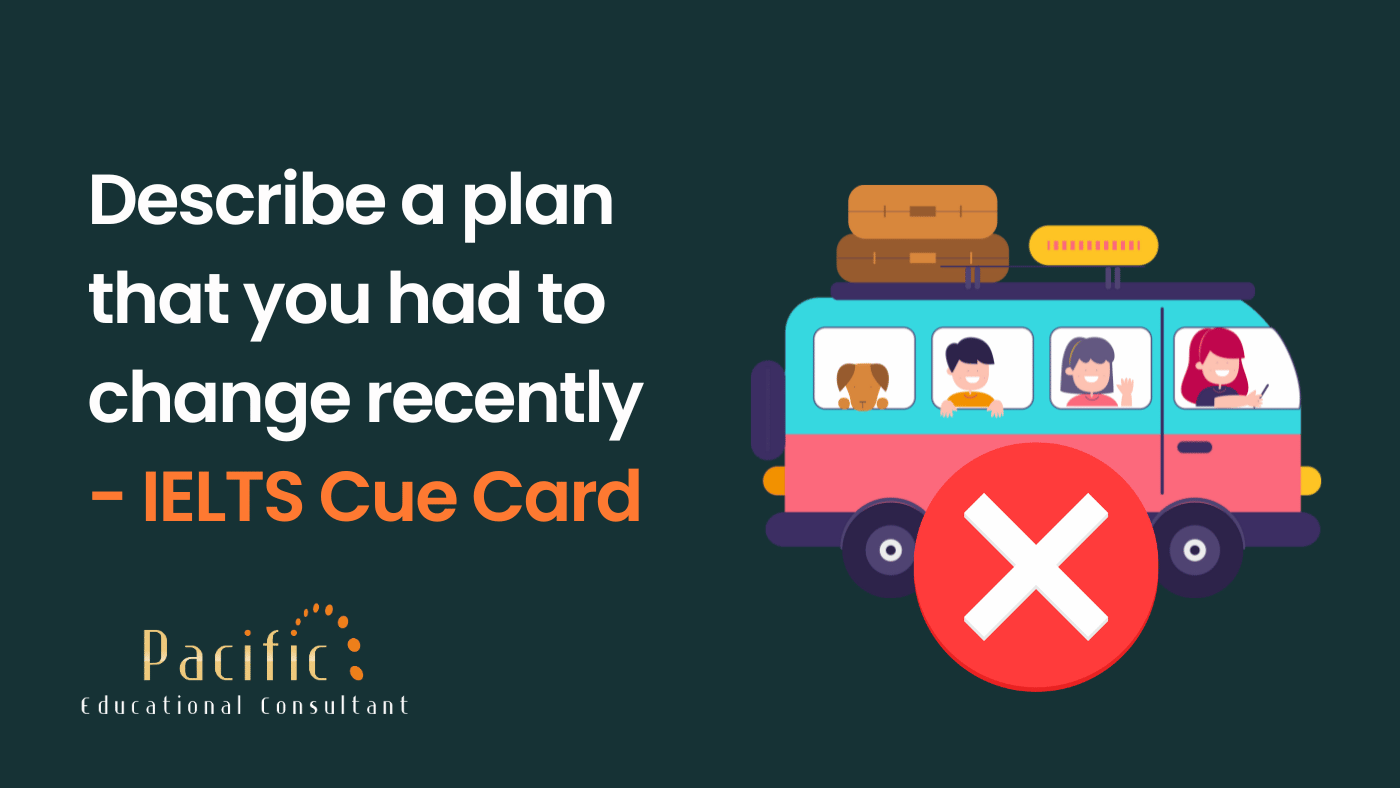
Describe a plan that you had to change recently - IELTS Cue Card
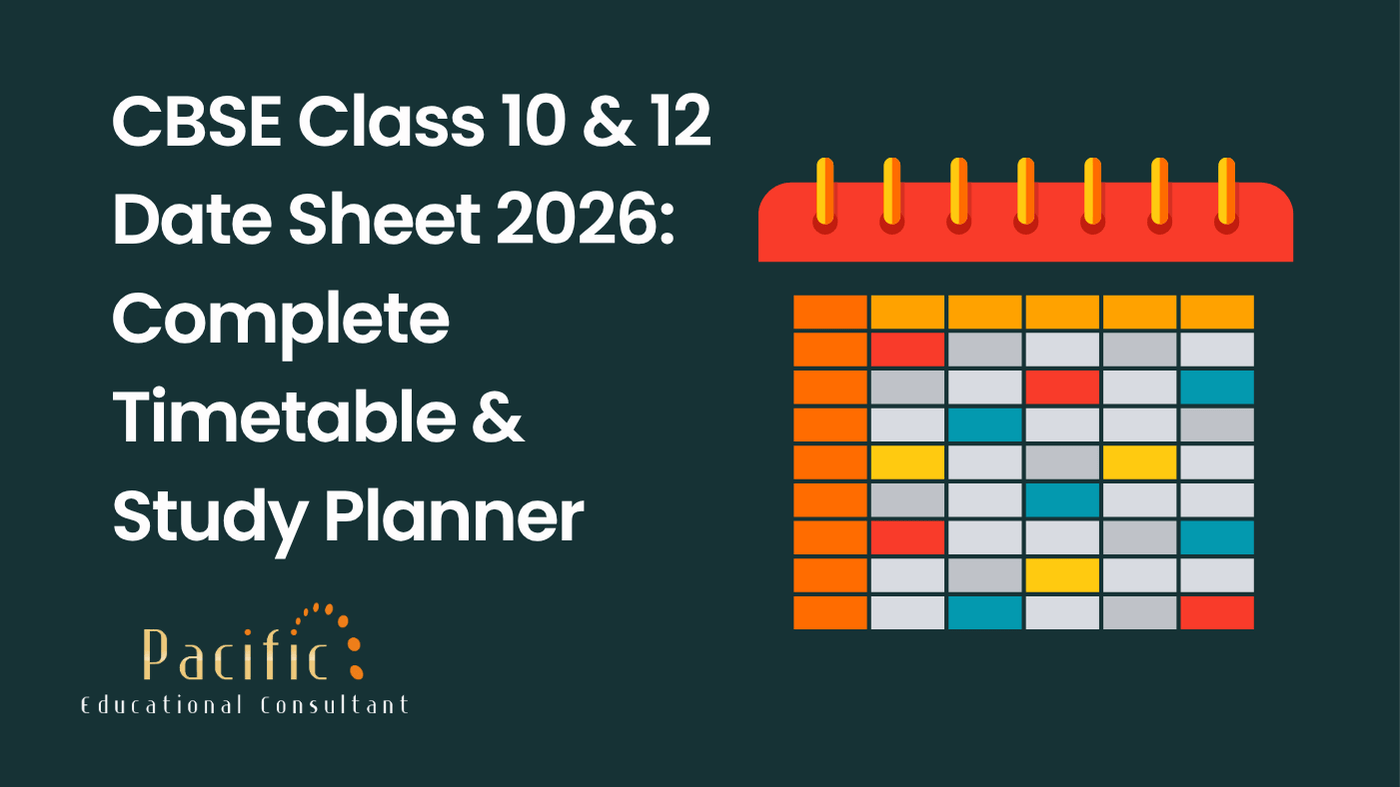
CBSE Class 10 & 12 Date Sheet 2026: Complete Timetable & Study Planner

Describe a sport that you really like - IELTS Cue Card